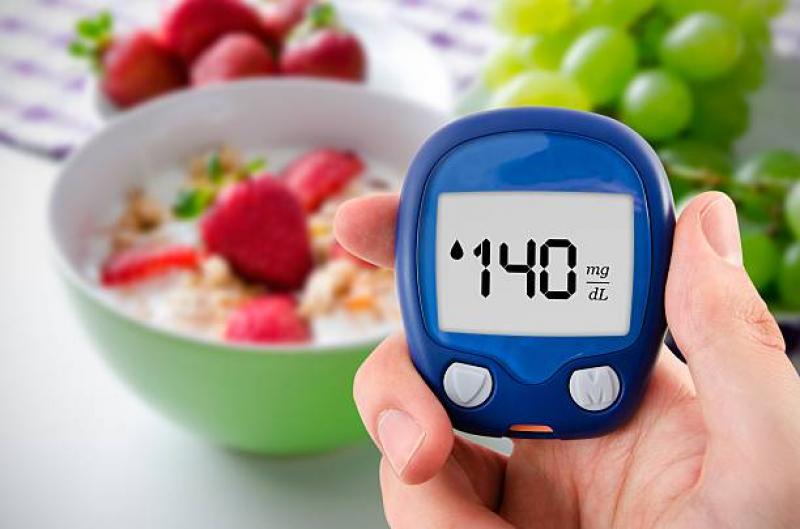Blood Glucose Monitoring: A Comprehensive Guide to Managing Diabetes and Improving Health
Blood glucose monitoring is a critical aspect of diabetes management, empowering individuals with diabetes to take control of their health and make informed decisions about their treatment. Diabetes is a chronic condition that affects millions of people worldwide, and proper monitoring of blood glucose levels is essential to prevent complications and maintain overall well-being. This comprehensive guide explores the importance of blood glucose monitoring, the different monitoring methods available, and practical tips for achieving optimal glucose control.
Understanding Blood Glucose
Glucose, a type of sugar, is the primary source of energy for the body's cells. It is transported through the bloodstream to various organs and tissues, where it is utilized for vital functions. In healthy individuals, blood glucose levels are tightly regulated by insulin, a hormone produced by the pancreas. Insulin helps transport glucose from the bloodstream into the cells, thereby reducing blood glucose levels.
In people with diabetes, the body either doesn't produce enough insulin (Type 1 diabetes) or is unable to use it effectively (Type 2 diabetes). As a result, blood glucose levels can rise too high, leading to hyperglycemia, or drop too low, resulting in hypoglycemia. Both hyperglycemia and hypoglycemia can have adverse effects on the body and require prompt management.
The Importance of Blood Glucose Monitoring
Blood glucose monitoring is a vital component of diabetes management, as it provides essential information about an individual's glucose levels throughout the day. Regular monitoring helps individuals with diabetes understand how their food choices, physical activity, medication, and other factors impact their blood glucose levels.
By monitoring blood glucose levels, individuals can:
-
Maintain Target Glucose Range: Monitoring allows individuals to keep their blood glucose levels within the target range recommended by their healthcare team. Staying within this range helps reduce the risk of complications associated with diabetes, such as nerve damage, kidney disease, and eye problems.
-
Make Informed Decisions: Blood glucose data empowers individuals to make informed decisions about insulin dosages, meal planning, and physical activity. It helps them identify patterns and adjust their diabetes management plan accordingly.
-
Detect Highs and Lows: Monitoring helps identify hyperglycemia and hypoglycemia episodes early, enabling prompt corrective action to avoid severe complications.
-
Evaluate Treatment Efficacy: Regular monitoring allows healthcare providers to assess the effectiveness of diabetes medications and treatment plans. If blood glucose levels remain outside the target range, adjustments to the treatment plan can be made.
-
Improve Quality of Life: By maintaining better glucose control, individuals with diabetes can enjoy an improved quality of life, with fewer diabetes-related symptoms and a reduced risk of long-term complications.
Blood Glucose Monitoring Methods
Various methods are available for blood glucose monitoring, each offering unique advantages and considerations. The most common methods include:
-
Self-Monitoring of Blood Glucose (SMBG): SMBG involves using a glucose meter to measure blood glucose levels at home. A lancet is used to obtain a small drop of blood, which is then applied to a test strip. The glucose meter reads the strip and displays the blood glucose level. SMBG is convenient, allows for immediate results, and enables individuals to make real-time adjustments to their diabetes management plan.
-
Continuous Glucose Monitoring (CGM): CGM systems provide continuous real-time glucose readings throughout the day and night. A small sensor is inserted under the skin, usually on the abdomen or arm, and measures glucose levels in the interstitial fluid. The sensor sends data wirelessly to a receiver or a smartphone app, allowing individuals to track glucose trends, identify patterns, and set alarms for high or low glucose levels.
-
Flash Glucose Monitoring: Similar to CGM, flash glucose monitoring uses a small sensor placed under the skin to measure interstitial fluid glucose levels. However, unlike CGM, it does not provide continuous real-time readings. Instead, individuals scan the sensor with a reader or a smartphone app to obtain a glucose reading.
-
Lab-Based Blood Glucose Tests: Lab-based tests, such as hemoglobin A1c (HbA1c) tests, provide an indication of average blood glucose levels over the past few months. HbA1c reflects the percentage of glucose bound to hemoglobin in red blood cells. It is a valuable tool for long-term glucose monitoring and assessing overall diabetes management.
Practical Tips for Effective Blood Glucose Monitoring
To ensure the accuracy and reliability of blood glucose readings, consider the following practical tips:
-
Follow Testing Guidelines: Adhere to your healthcare provider's guidelines for when and how often to test your blood glucose. Testing frequency may vary depending on factors like diabetes type, treatment regimen, and overall glucose control.
-
Proper Technique: Follow proper blood glucose testing techniques, including washing your hands before testing, using a clean lancet each time, and applying the blood to the test strip as directed.
-
Calibrate CGM Devices: If you use a CGM system, ensure that it is properly calibrated as per the manufacturer's instructions. Regular calibration ensures accurate glucose readings.
-
Record and Analyze: Keep a record of your blood glucose readings, along with details of meals, physical activity, and medication dosages. Analyzing these records helps identify patterns and make informed decisions about your diabetes management plan.
-
Monitor Before and After Meals: Testing blood glucose levels before and after meals helps you understand how different foods affect your glucose levels and enables better meal planning.
-
Be Prepared for Emergencies: Always carry glucose tablets or fast-acting carbohydrates to treat hypoglyc
